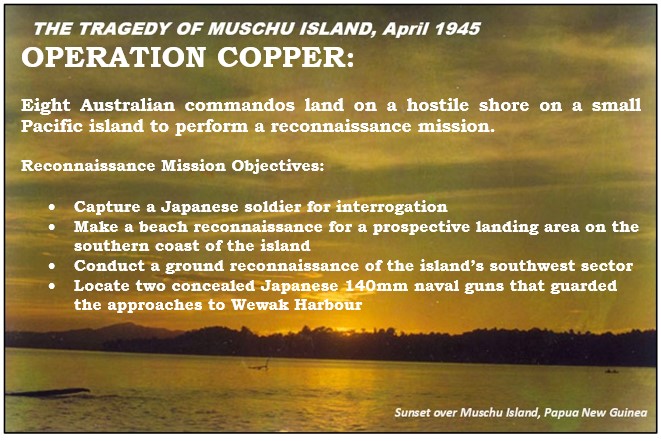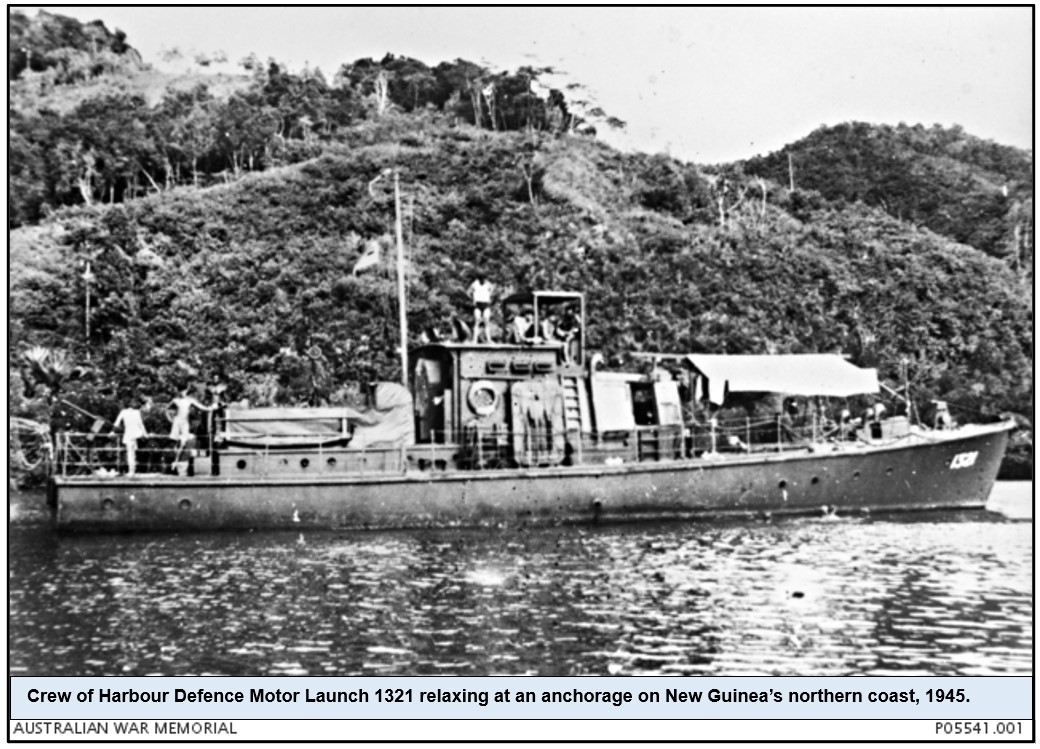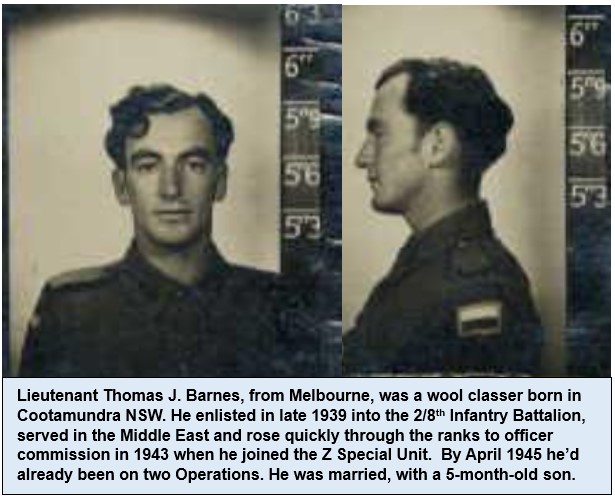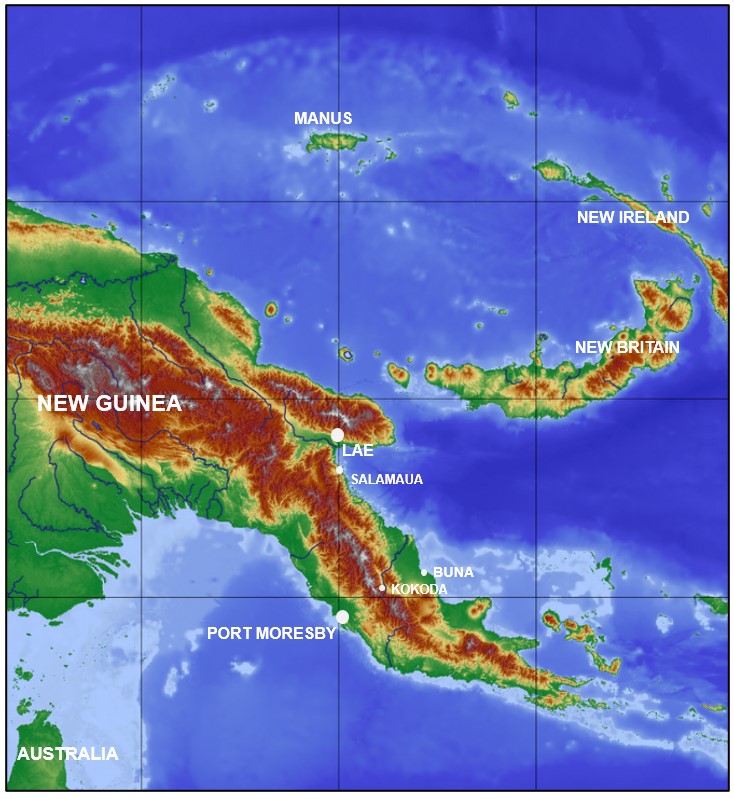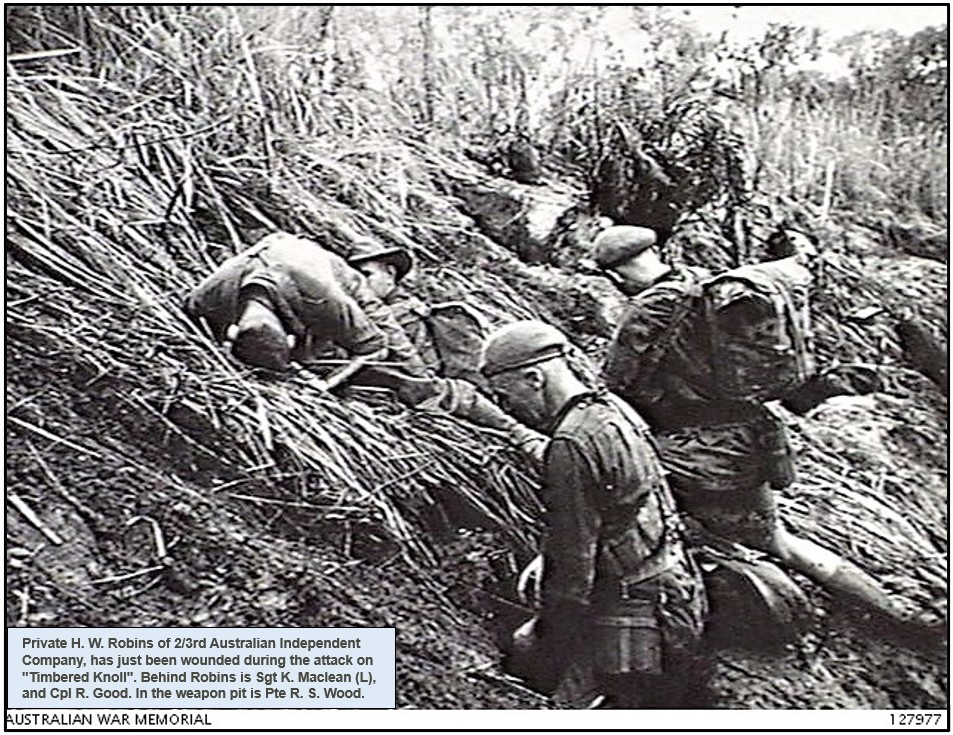Thread.
1/7
Lt Robert Cole was a member of FELO (Far East Liaison Office), a SWW intelligence-gathering & psychological warfare unit.
In 1944 he led a long patrol behind Japanese lines in Dutch New Guinea supporting American forces which landed @ Hollandia (Operation Reckless).
1/7
Lt Robert Cole was a member of FELO (Far East Liaison Office), a SWW intelligence-gathering & psychological warfare unit.
In 1944 he led a long patrol behind Japanese lines in Dutch New Guinea supporting American forces which landed @ Hollandia (Operation Reckless).
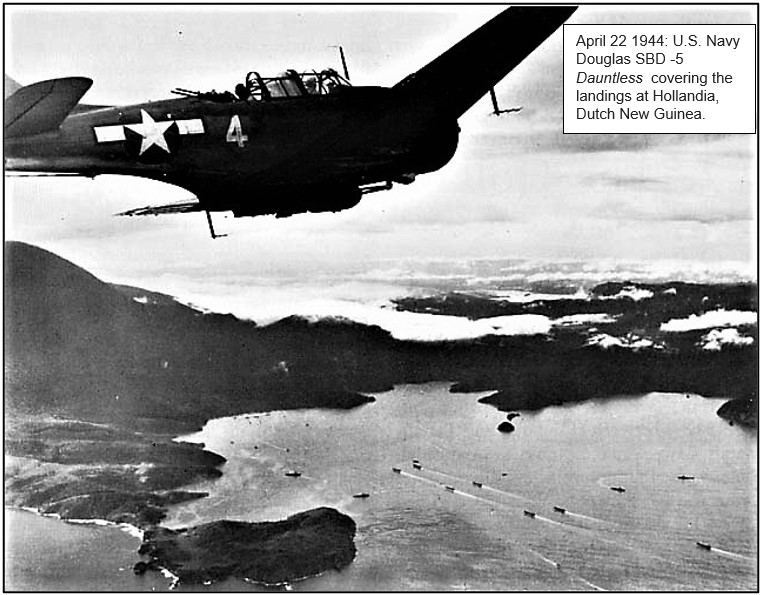
2/7
Lt. Bob Cole then joined the Australian New Guinea Administrative Unit (ANGAU) as a Captain.
He led successful armed reconnaissance long-range patrols through rugged, remote and hostile country in the upper Sepik River area.
This resulted in the award of his Military Cross.
Lt. Bob Cole then joined the Australian New Guinea Administrative Unit (ANGAU) as a Captain.
He led successful armed reconnaissance long-range patrols through rugged, remote and hostile country in the upper Sepik River area.
This resulted in the award of his Military Cross.

He organised a local civilian intelligence unit, “New Guinea Force”, 600-strong.
His own small ANGAU unit of 60 armed men, “Cole Force” or “Praetorian Guard” was attached to the 17th Australian Infantry Brigade advancing through the Torricelli Mountains, fighting towards Maprik.
His own small ANGAU unit of 60 armed men, “Cole Force” or “Praetorian Guard” was attached to the 17th Australian Infantry Brigade advancing through the Torricelli Mountains, fighting towards Maprik.

4/7
The 17th Brigade and Cole’s “Praetorian Guard” advanced slowly through the wet, rugged mountains against stubborn entrenched Japanese defence from January to April 1945.
The 60 Papua New Guineans of Cole Force were credited with harassing and killing over 350 Japanese troops.
The 17th Brigade and Cole’s “Praetorian Guard” advanced slowly through the wet, rugged mountains against stubborn entrenched Japanese defence from January to April 1945.
The 60 Papua New Guineans of Cole Force were credited with harassing and killing over 350 Japanese troops.

5
Cole Force’s allocated task: "to locate and destroy enemy in the area; to obtain intelligence of enemy movements, to contact and rehabilitate the local people, and to recruit crucial native labour."
Cole Force was with the 17th Brigade when it captured Maprik on April 30 1945.
Cole Force’s allocated task: "to locate and destroy enemy in the area; to obtain intelligence of enemy movements, to contact and rehabilitate the local people, and to recruit crucial native labour."
Cole Force was with the 17th Brigade when it captured Maprik on April 30 1945.

6/7
"Cole Force" went ahead of the Australian 17th Brigade as they relentlessly pursued the remnants of the Japanese 41st, 51st and 20th Divisions eastwards.
They acted as armed scouts as the Japanese were chased into the rugged, remote Prince Alexander Ranges southwest of Wewak.
"Cole Force" went ahead of the Australian 17th Brigade as they relentlessly pursued the remnants of the Japanese 41st, 51st and 20th Divisions eastwards.
They acted as armed scouts as the Japanese were chased into the rugged, remote Prince Alexander Ranges southwest of Wewak.

After hostilities ceased, Captain Robert Cole was heavily engaged in rehabilitating the New Guinea people and establishing the rule of law.
He pursued a police career in the Territory and rose in 19 years to become the Commissioner of Police in Papua New Guinea (1964-1969).
End.
He pursued a police career in the Territory and rose in 19 years to become the Commissioner of Police in Papua New Guinea (1964-1969).
End.

• • •
Missing some Tweet in this thread? You can try to
force a refresh





